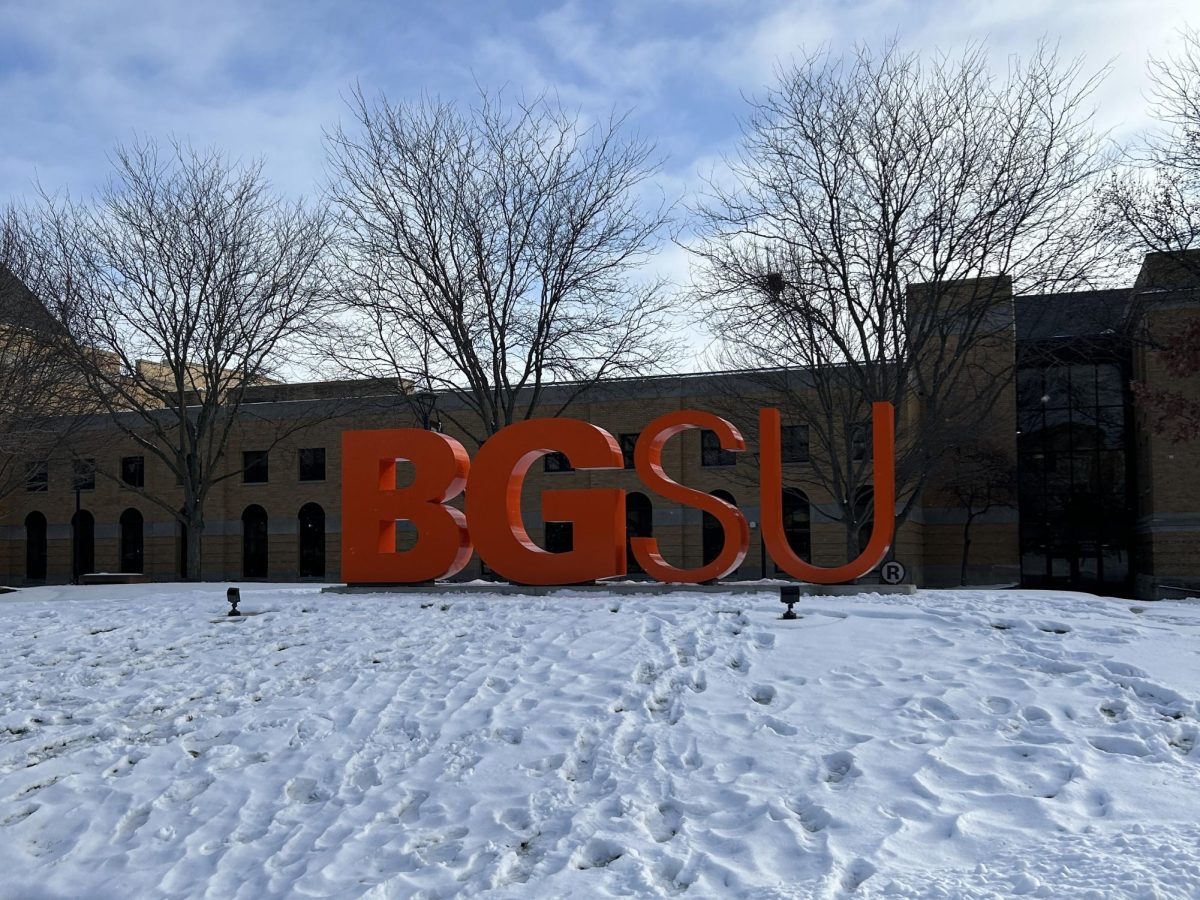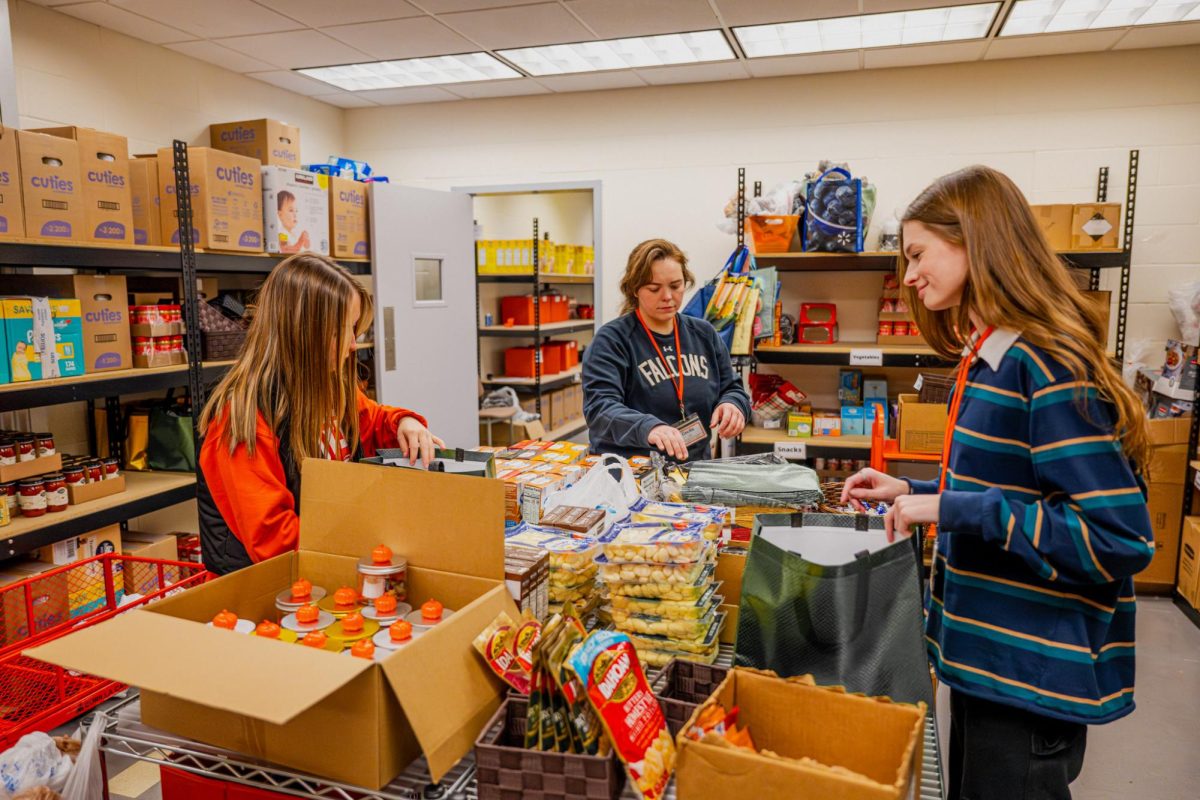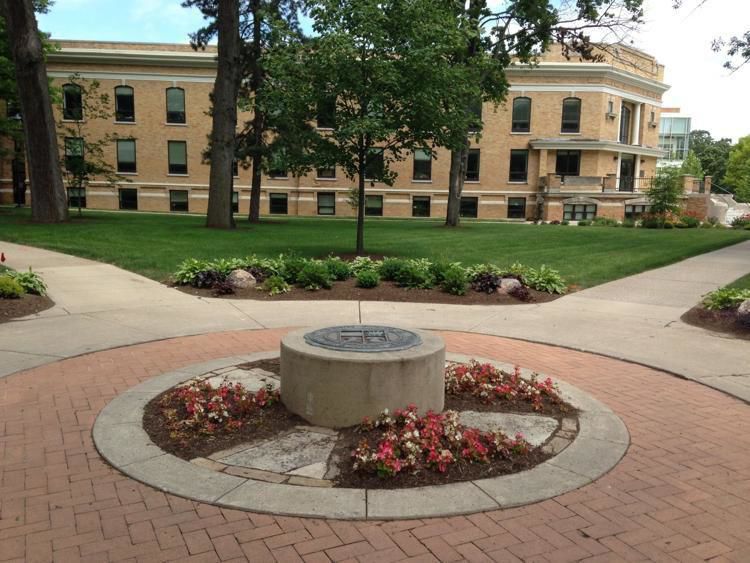In 1999, my family migrated from the western hilly region of Nepal to the plains, seeking fertile land, good education, better healthcare facilities and an easier life in general. Many other neighboring families from the same region migrated to the plains, selling their land and property or leasing them at a very low price.
During the ‘90s, the price of land in the plains was cheap. The immigration increased the population in the plains and the price of land at an alarming rate. The high price of the land has now become one of the checking factors of the migration. Not all the families can now afford the similar boom of the early and late ‘90s. I feel these days, population has become stable in the plains.
I feel migration is like the search for happiness that never ends in one’s life. Even people who have migrated to sophisticated places tend to move to more sophisticated places, and it becomes a never-ending process.
I first moved with my family from the hilly region to the plains and then moved from plains to the city of Kathmandu, and in fall 2016, I came to the United States for my university education. I don’t know in which part of the world I will end up in the next 5 years in pursuit of my professional and creative endeavors.
The process of migration is usually fueled by the need of the job, education or personal business. Sometimes, wars or some sort of tribal conflicts may also be the reason for migration. People will stop wandering only in an ideal world with all sorts of facilities and in which people’s desires, aims and aspirations also remain the same throughout their life.
I was very young when my family moved from the village in the western hills of Nepal to the plain lowland. During the time we lived there, we didn’t have electricity in the village. It took around four hours of walk from the roadways to the village. The only school in the village conducted classes until the third grade. After the third grade, the students joined another school in the Bazaar area, which was about a two-hour walk away.
I visited my village in the western hills in 2016 and found many things had changed. The village was now fueled by electricity generated through local hydropower. The roadway still didn’t connect to my village, but now I no longer had to walk for four hours; about an hour of a walk would take me to the village. The path to the village, which once upon a time had small plants and was mostly clear, was now a jungle with giant trees around. The bushes had grown denser, which indicated that only a few people walk through that path. There were not more than 50 people in the village.
When I look back at my village in the western hills and my hometown in the plains, I observe that the entire people of the hills have been displaced to the plains. When I look back at my village in the plains and start searching for the youths of my age, I feel the entire youth is displaced abroad, especially in the west.








